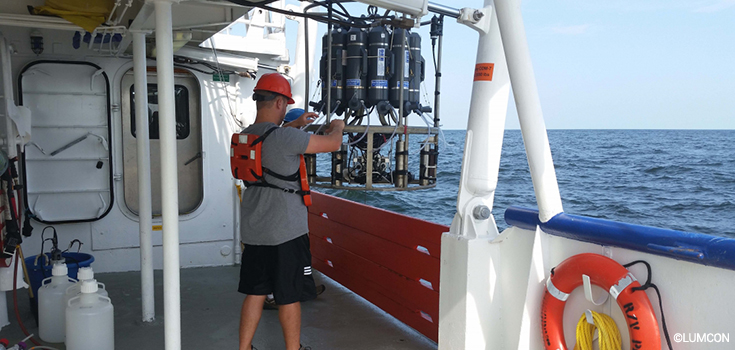Gulf of Mexico Oil Spill Data: New Monitoring Updates
Published by Ocean Conservancy
The 2010 BP Deepwater Horizon oil disaster in the Gulf of Mexico revealed a challenge with the way scientific monitoring information is shared and stored.
At the time, the scientific records of monitoring efforts in the Gulf of Mexico was dispersed across many entities from universities, natural resource management agencies, private industries to non-governmental organizations. In most cases monitoring systems were developed independently, often narrowed to specific questions, such as how many oysters should be harvested and how many should be left in the water?
Monitoring systems are rarely coordinated across states and other agencies, and the scattered nature of these information systems makes it difficult for any one group of scientists or organizations to find and access the full expanse of data available.
To help address this issue Ocean Conservancy produced the 2015 report Charting the Gulf: Analyzing the Gaps in Long-term Monitoring of the Gulf of Mexico. The report compiles an extended inventory of nearly 700 past and existing long-term monitoring efforts in the Gulf. Ocean Conservancy’s goal was to provide scientists, academics and restoration decision-makers with a cohesive inventory that could save time and money when planning monitoring for restoration projects or programs.
Recently, NOAA’s Office of Response and Restoration, charged with supporting science information needs during oil spills, began hosting Ocean Conservancy’s inventory of monitoring programs through NOAA’s map-based Gulf of Mexico Environmental Response Management Application (ERMA). Combining this monitoring data with ERMA is a great step towards creating sustained visibility of existing data sources in the Gulf.
“Ocean Conservancy’s gap analysis of long-term monitoring programs in the Gulf of Mexico will serve as a valuable resource for the NRDA Trustees as they plan, implement, and monitor restoration progress in the Gulf of Mexico over the next 25 years,” said Melissa Carle, Monitoring and Adaptive Management Coordinator, Deepwater Horizon Restoration Program.
The new gap analysis dataset in ERMA will allow trustees to visualize the footprint of existing monitoring programs, assisting in the identification and prioritization of gaps that impact planning restoration actions and evaluate restoration progress for the habitats and resources injured by the spill.
Read the full article at: http://blog.oceanconservancy.org/2016/12/20/gulf-of-mexico-oil-spill-data-new-monitoring-updates/





